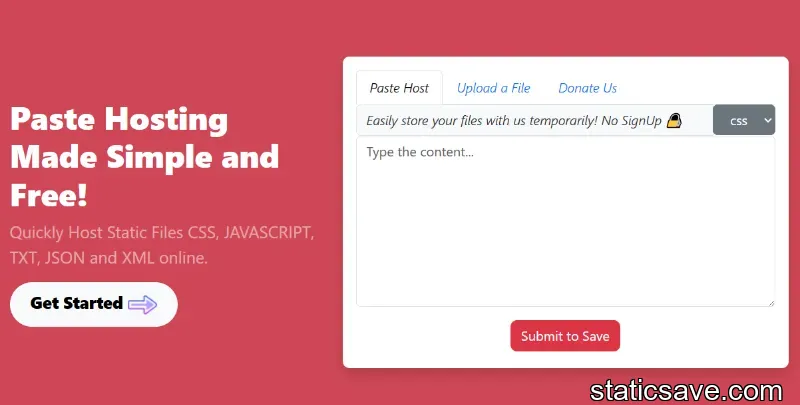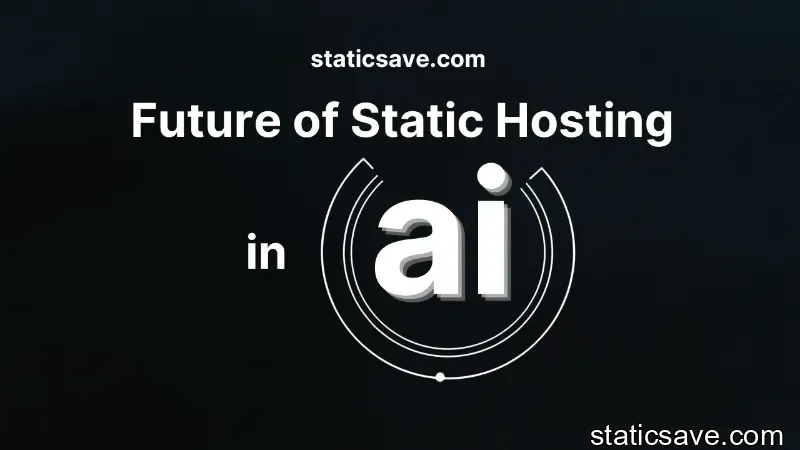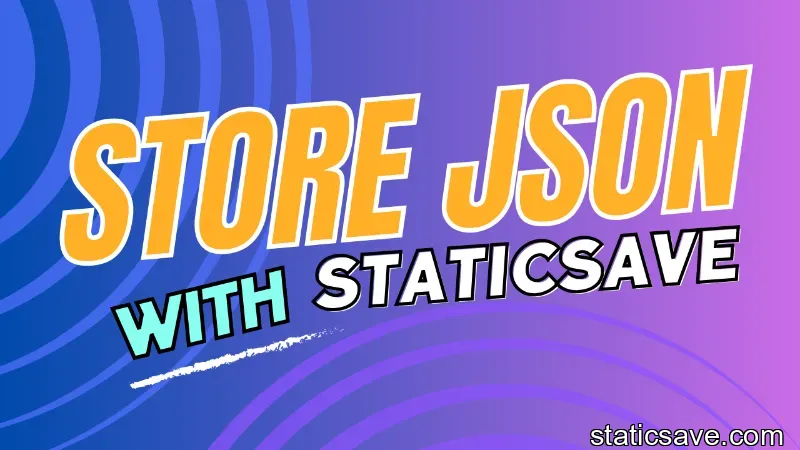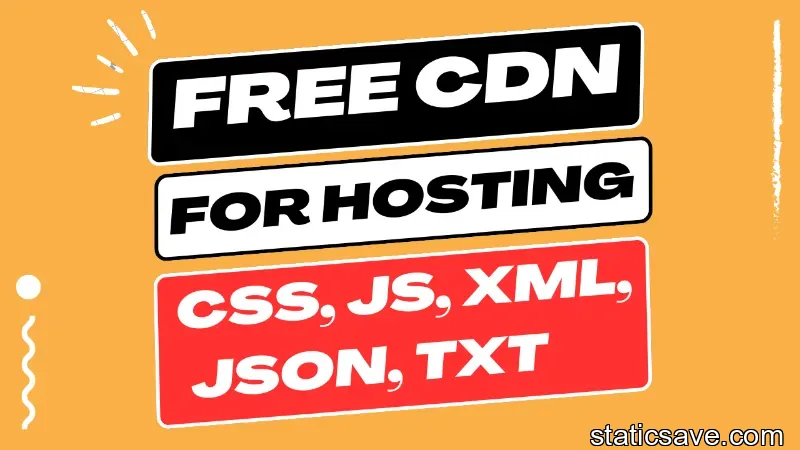JSON Data Format for Data Storage
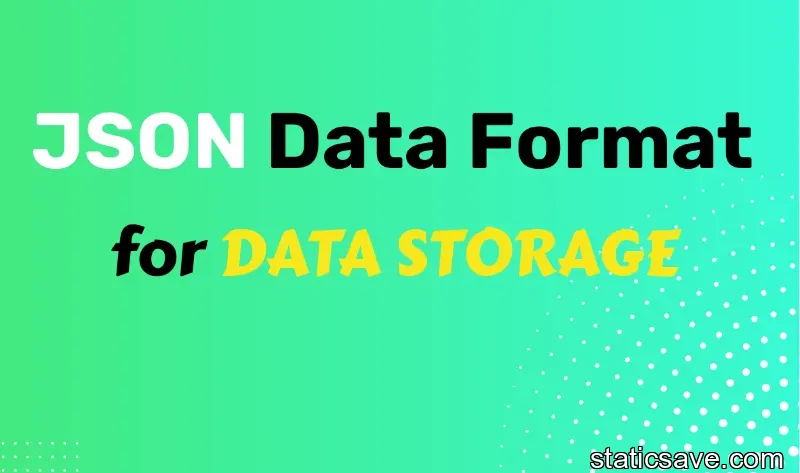
JSON (JavaScript Object Notation) is a lightweight data-interchange format that uses text to transmit data objects consisting of attribute–value pairs and array data types (or any other serializable value).
It is used primarily to transmit data between a server and web application, as an alternative to XML. JSON (pronounced JAY-sawn or JAY-son) essentially stands for JavaScript Object Notation, with the added letters standing for nothing in particular; however, it can be considered an abbreviation of JavaScript Object Notation.
The official Internet media type for JSON is application/json.
Is JSON the best data format?
JSON is an excellent format for storing data and is utilised extensively in JavaScript. Key-value pairs are used to store data. JSON is ideal for manual modification since this data can be read by humans.
The difference between file formats
There are a lot of different file formats out there, and many of them are better suited to certain purposes than others. The best one will depend on what it is you’re trying to store, but some file formats work particularly well for certain applications.
The biggest challenge when storing data isn’t getting it in a format that can be stored—it’s making sure you convert it into a format that makes sense and can be easily retrieved later. For example, if you’re dealing with images or video files, JPEG or MP4 might be better options than TIFF or BMP.
If you need to preserve metadata (information about information), XML may be a good option. If you need something small and simple that works across multiple platforms, JSON might just fit the bill.
And if you want something quick and easy to use without having to mess around with code too much, CSV might make more sense.
The advantage of JSON
- It’s structured.
- It’s easy to read and write.
- It’s expressive and compact.
- It provides a self-describing data format that can be validated, parsed, manipulated, transformed, and generated automatically with simple text parsing rules defined in a straightforward language.
- Its small size is an advantage to developers who need to store it or transfer it over a network connection
- And lots more!
—think of all those megabytes you save when you use XML instead of HTML as an e-commerce shopping cart interface format! And because JSON has become so popular so quickly, there are now libraries available for most programming languages that allow you to work with JSON data structures directly within your code.
This means you don’t have to parse JSON into another internal representation just to use it; you can work directly with it right out of a string.
Also Read: Importance of External Hosting for CSS and JS Files
Storing data in structured format
When it comes to storing data in a structured format, developers have many options to choose from. Some of these formats may be more familiar than others, but none are necessarily better than JSON.
Three popular data formats (JSON, XML and BSON) in terms of their strengths and weaknesses. Hopefully, by analyzing them side-by-side we'll be able to identify when each is a good fit and how they can be leveraged together.
No matter what type of application you are building, there is a chance that JSON will be ideal for it. Even if you are creating something very simple, chances are that your application could benefit from using it.
You may want to use other formats as well, but make sure to include one or more JSON files so that everyone who uses your app can take advantage of it too.
For example, if you have created an HTML page with some JavaScript code on it, consider including a JSON file in your project. This way all of your users can easily get access to any information they need without having to leave your site and load another one.
Another good idea is to include a JSON file with every RESTful API that you create. When someone wants their own application to work alongside yours, they will appreciate being able to do so easily without needing lots of extra effort.
While most people think about XML when they hear about data formats, there are many reasons why JSON might be better suited for storing certain types of information than XML would be. It really just depends on how your particular program needs to store its data and which format works best for that task.
How do I store JSON efficiently?
There are a few things you can do to improve how efficiently you store JSON. The first is to start with encoding it correctly from the beginning. Most importantly, it means using UTF-8 or UTF-16 as your encoding format and sticking to 7-bit ASCII characters where possible.
That will ensure that you don’t have to allocate huge blocks of extra memory when it comes time to put them on disk. You should also be sure to use strict mode in your JavaScript applications, which ensures that any strings you create include quotes around their values.
Finally, if you’re working with large amounts of JSON data (hundreds of megabytes), consider using an object database instead. This allows you to store complex objects in one place without having to worry about managing individual keys and values across multiple files.
With StaticSave you can store and update your simple JSON formated code easily.
